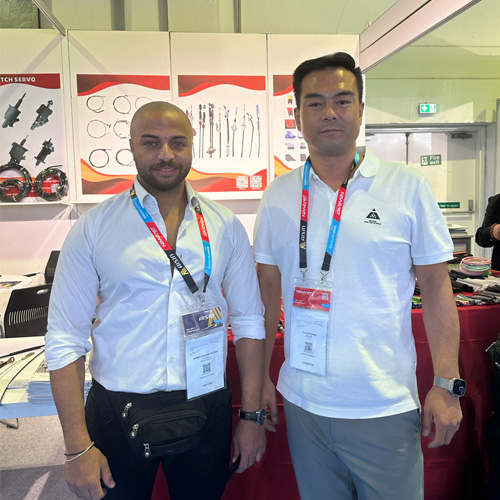Adjusting the Carburetor Throttle Cable for Optimal Engine Performance
Understanding the Carburetor Throttle Cable Function, Importance, and Maintenance
The carburetor throttle cable is a crucial component in the operation of internal combustion engines that utilize carburetors. It plays a central role in managing engine performance, particularly in vehicles that require precise throttle control for optimal efficiency and power. This article will explore the function, importance, and maintenance of the carburetor throttle cable, enabling enthusiasts and everyday drivers alike to appreciate its role in automotive engineering.
Function of the Carburetor Throttle Cable
The primary function of the throttle cable is to connect the accelerator pedal to the carburetor's throttle plate. When a driver presses the accelerator pedal, the throttle cable pulls on the throttle linkage. This action opens the throttle plate, allowing air and fuel to enter the engine in greater quantities. The amount of air-fuel mixture entering the engine directly affects its power output.
A properly functioning throttle cable ensures that the throttle plate opens smoothly and to the appropriate degree in response to accelerator pedal input. If the cable is damaged or out of adjustment, it can lead to throttle lag or excessive throttle response, both of which can adversely affect vehicle performance and drivability.
Importance of the Throttle Cable in Performance
In addition to its fundamental role in power delivery, the throttle cable is vital for fuel efficiency. An effectively calibrated throttle cable allows the carburetor to operate within its optimal range, ensuring that the engine burns fuel efficiently. On the other hand, if the throttle is either too tight or too loose, it can lead to either a rich or lean fuel mixture, which can harm the engine over time.
Moreover, the throttle cable impacts the responsiveness of the vehicle. Drivers expect their vehicles to respond promptly to accelerator inputs. A sluggish response can lead to a frustrating driving experience, especially in performance applications where precision is key. Whether racing on a track or merging onto a highway, immediate throttle response can enhance both safety and enjoyment.
Signs of a Failing Throttle Cable
Recognizing the signs of a failing throttle cable is crucial for timely maintenance. Common indicators include
1. Unresponsive Throttle If the throttle does not respond as expected, or if there is a delay between accelerator pedal input and engine power delivery, it may indicate an issue with the throttle cable.
carburetor throttle cable

3. Sticking Throttle If the throttle feels sticky when pressed or does not return smoothly to its closed position, it may be due to cable fraying or binding.
4. Visible Damage Inspecting the cable for frays, cracks, or corrosion can provide insight into its condition. A damaged cable should be replaced promptly to avoid further complications.
Maintaining the Throttle Cable
Regular maintenance of the throttle cable is essential for ensuring longevity and optimal performance. Here are some maintenance tips
- Routine Inspections Check the throttle cable during regular vehicle maintenance intervals for signs of wear or corrosion.
- Lubrication Depending on the type of cable, periodic lubrication may be necessary. Ensure you use appropriate lubricants that do not damage the cable material.
- Adjustment If your vehicle has an adjustable throttle cable, ensure that it is properly adjusted according to the manufacturer’s specifications. This can help prevent issues related to too much or too little tension.
- Replacement If any signs of damage are detected, replace the throttle cable without delay. A new cable can significantly improve throttle response and overall performance.
Conclusion
The carburetor throttle cable is an integral component of an engine's performance and efficiency. Understanding its function, recognizing the signs of wear, and maintaining it properly can greatly benefit vehicle performance. Whether you are a casual driver or a dedicated car enthusiast, paying attention to the throttle cable can enhance your driving experience and extend the longevity of your vehicle. Regular check-ups and timely interventions can ensure that your engine runs smoothly, effectively turning the driver’s intentions into reliable acceleration on the road.
-
Workings of Clutch Pipe and Hose SystemsNewsJun.04,2025
-
The Inner Workings of Hand Brake Cable SystemsNewsJun.04,2025
-
The Secrets of Throttle and Accelerator CablesNewsJun.04,2025
-
The Hidden Lifeline of Your Transmission Gear Shift CablesNewsJun.04,2025
-
Demystifying Gear Cables and Shift LinkagesNewsJun.04,2025
-
Decoding Clutch Line Systems A Comprehensive GuideNewsJun.04,2025
